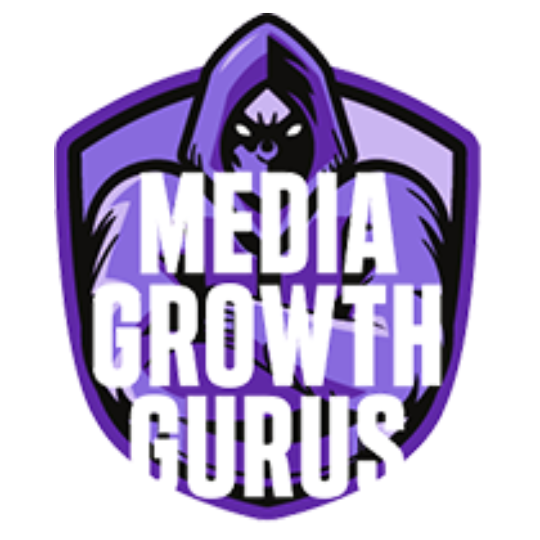Paid Media Trends in 2025
Google Ads remains one of the most effective tools for businesses to reach their target audience and drive sales. However, with increasing competition and changes in consumer behavior, ensuring a solid return on investment (ROI) requires strategy, precision, and adaptation.
In 2025, businesses must embrace the latest tools and techniques, including AI, to stay ahead. Here’s a guide to improving your ROI with Google Ads, featuring five actionable tips backed by the latest industry insights.
The Power of AI in Google Ads
Artificial intelligence has become a cornerstone of digital advertising, transforming how businesses manage and optimize their campaigns.
According to a recent study by McKinsey, 73% of businesses using AI in their advertising strategy report a significant boost in ROI. Google Ads itself leverages AI to provide tools like Smart Bidding, Responsive Search Ads, and Performance Max Campaigns, making it easier to target the right audience at the right time.
However, in our experience, while leveraging AI can significantly streamline processes, it is essential to actively monitor and adjust its performance to align with your strategy. AI tools require correctly set parameters to deliver optimal results, and without proper oversight, they may deviate from the intended path. Regular evaluation and fine-tuning are critical to ensure AI consistently supports your goals.
Contact our team to help you with your Paid Media strategy >
5 Tips to Improve Your ROI with Google Ads in 2025
1. Embrace AI-Powered Campaigns
AI-powered features like Google’s Performance Max Campaigns help advertisers maximize their budget by targeting multiple channels—including Search, Display, YouTube, and Discover—using a single campaign.
- Why it Works: Performance Max uses AI to analyze real-time data and optimize ad placements for maximum impact.
- How to Implement: Start by defining clear campaign goals, such as increasing sales or generating leads. Let AI guide your bidding and targeting strategy while regularly monitoring performance metrics to make data-driven adjustments.
Businesses using Performance Max have seen an average increase of 18% in conversion rates compared to traditional campaigns, according to Google.
2. Focus on High-Intent Keywords
Keyword selection remains crucial for ROI. High-intent keywords—those indicating a strong likelihood of purchase or action—should be a priority in your strategy.
- Why it Works: High-intent keywords bring in potential customers who are already interested in your product or service.
- How to Implement: Use tools like Google Keyword Planner to identify and prioritize keywords with strong commercial intent, such as “buy,” “best,” or “near me.” Pair these keywords with targeted landing pages to drive conversions.
Don’t ignore long-tail keywords. While they may have lower search volumes, they often deliver higher conversion rates due to their specificity.
3. Optimize Your Landing Pages
Even the most well-crafted ad won’t deliver results if the landing page experience isn’t up to par. A seamless and engaging landing page is essential for converting clicks into sales.
- Why it Works: Optimized landing pages reduce bounce rates and encourage users to take action, boosting ROI.
- How to Implement:
- Ensure your landing pages are mobile-friendly, as mobile users make up 59% of all website traffic (Statista, 2025).
- Use clear call-to-action (CTA) buttons, fast-loading visuals, and concise content that aligns with your ad copy.
Businesses with optimized landing pages experience a 200% increase in conversion rates, according to HubSpot.
4. Leverage Audience Segmentation
Audience segmentation is critical for delivering relevant ads to the right people. By dividing your audience into segments based on behavior, interests, or demographics, you can create tailored campaigns that drive better engagement.
- Why it Works: Segmented ads feel more personal and are more likely to resonate with your audience.
- How to Implement: Use Google Ads’ audience targeting features to create segments. For example:
- Retarget users who visited your website but didn’t convert.
- Target specific demographics or geographic locations for local businesses.
Pro Tip: Combine audience segmentation with remarketing to re-engage potential customers and boost conversions.
5. Regularly Review and Optimize Campaigns
Continuous optimization is key to improving ROI. AI tools can automate some adjustments, but regular manual reviews ensure your campaigns remain aligned with business goals.
- Why it Works: Optimization helps identify underperforming elements and refine strategies for better results.
- How to Implement:
- Analyze campaign data weekly to identify trends and areas for improvement.
- A/B test ad creatives, CTAs, and audience targeting to determine what works best.
According to Google, businesses that actively optimize their campaigns see up to 30% higher ROI compared to those that set-and-forget their ads.
Driving ROI with Google Ads in 2025
Google Ads continues to evolve, offering advanced tools and AI-powered features to help businesses thrive in a competitive digital landscape. By leveraging AI, focusing on high-intent keywords, optimizing landing pages, segmenting audiences, and committing to regular campaign reviews, you can significantly boost your ROI.
The key to success lies in embracing innovation while staying committed to fundamental best practices. Ready to transform your Google Ads strategy? Contact our experts today to create a customized plan that drives results and ensures your advertising dollars deliver maximum value.
👉 Let’s maximize your ROI together! Schedule your consultation with our team of Google Ads experts now. 🚀
